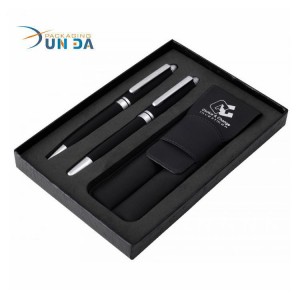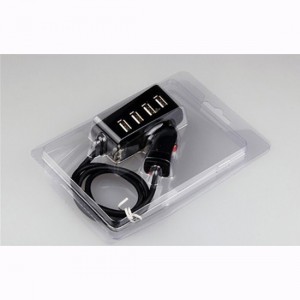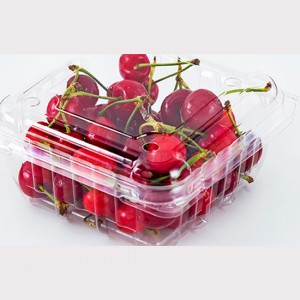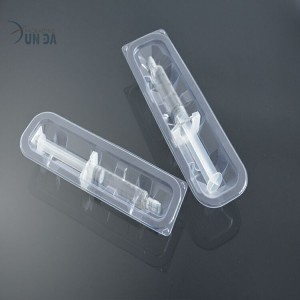In order for hot foods to stay hot and cold food to remain cold, it is important to understand the temperature limits of different containers in order to ensure the best performance. We often times receive questions from those who want to know if a foam container is microwave-safe or if our oven-safe products can go in the freezer. So, here’s a helpful guide that will help you understand your temperature limits to determine the proper use of Genpak products.
Plastic Containers, Cups, and Dinner ware food container temperature chart
Foam has excellent insulation properties and decent thermal resistance making it applicable for both hot and cold foods. Hot foods will stay hot longer and cold foods will stay cold longer in a foamed PS container. Not only is it a popular choice due to its sustainable qualities, but it is also the most versatile substrate and very economical for a variety of food packaging applications.
PET Containers, Oven-Ready Containers, and Drinking Cups
PET is a solid plastic material most often used to produce water and soda bottles. PET is a versatile substrate that is widely accepted by most municipalities curbside recycling programs. PET containers included up to 30% post-consumer recycled content, in our conservational efforts to eliminate waste, and reduce the burden on the environment. There are two types of PET products that each have very distinct purposes: APET, which is safe for freezing and room temperature display and CPET, which is safe in the oven, microwave, and freezer.
CPET – CPET material is simply a crystallized form of PET, which is able to withstand very high temperatures for oven ready applications. Great care must be taken when using these products in the oven and we offer a Use & Handling sheet that can guide you through. These products are perfectly safe in the oven, microwave and even the freezer as it can withstand temperatures of up to 400°F.
FROM:Genpak



